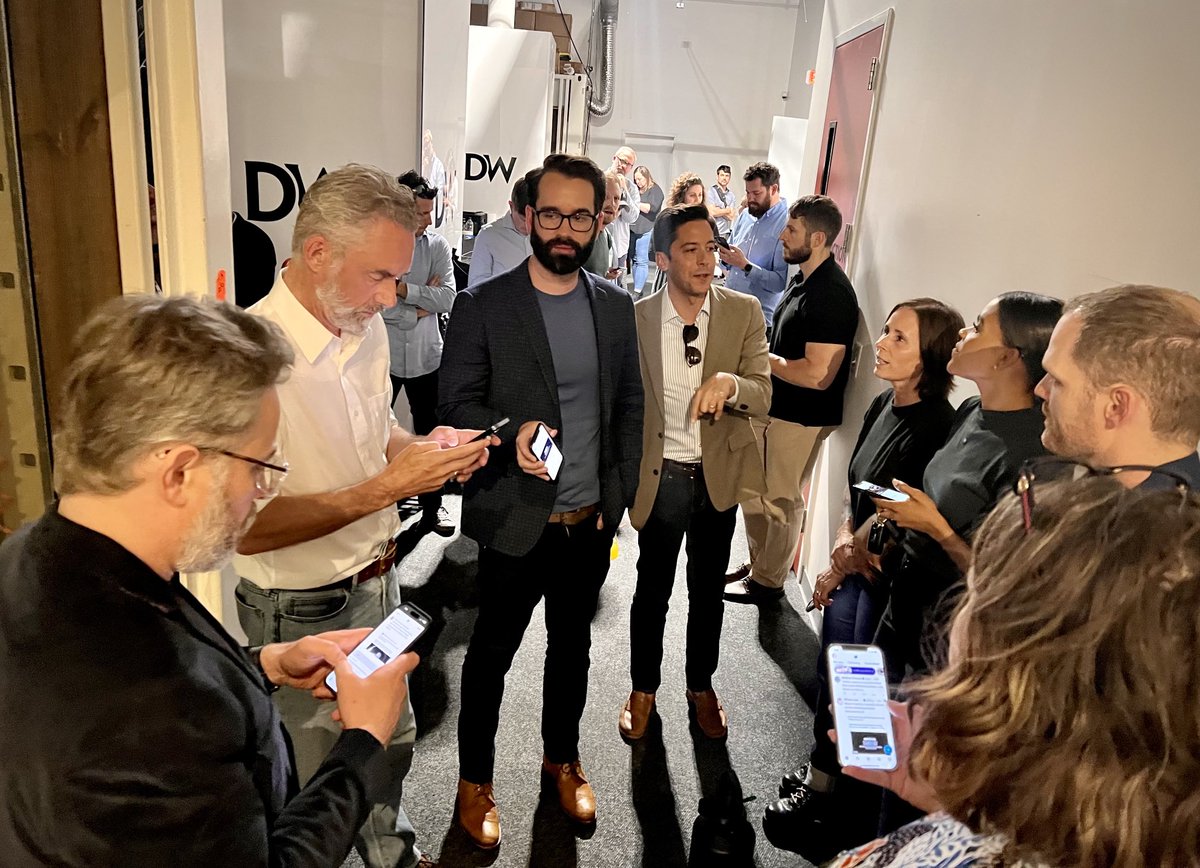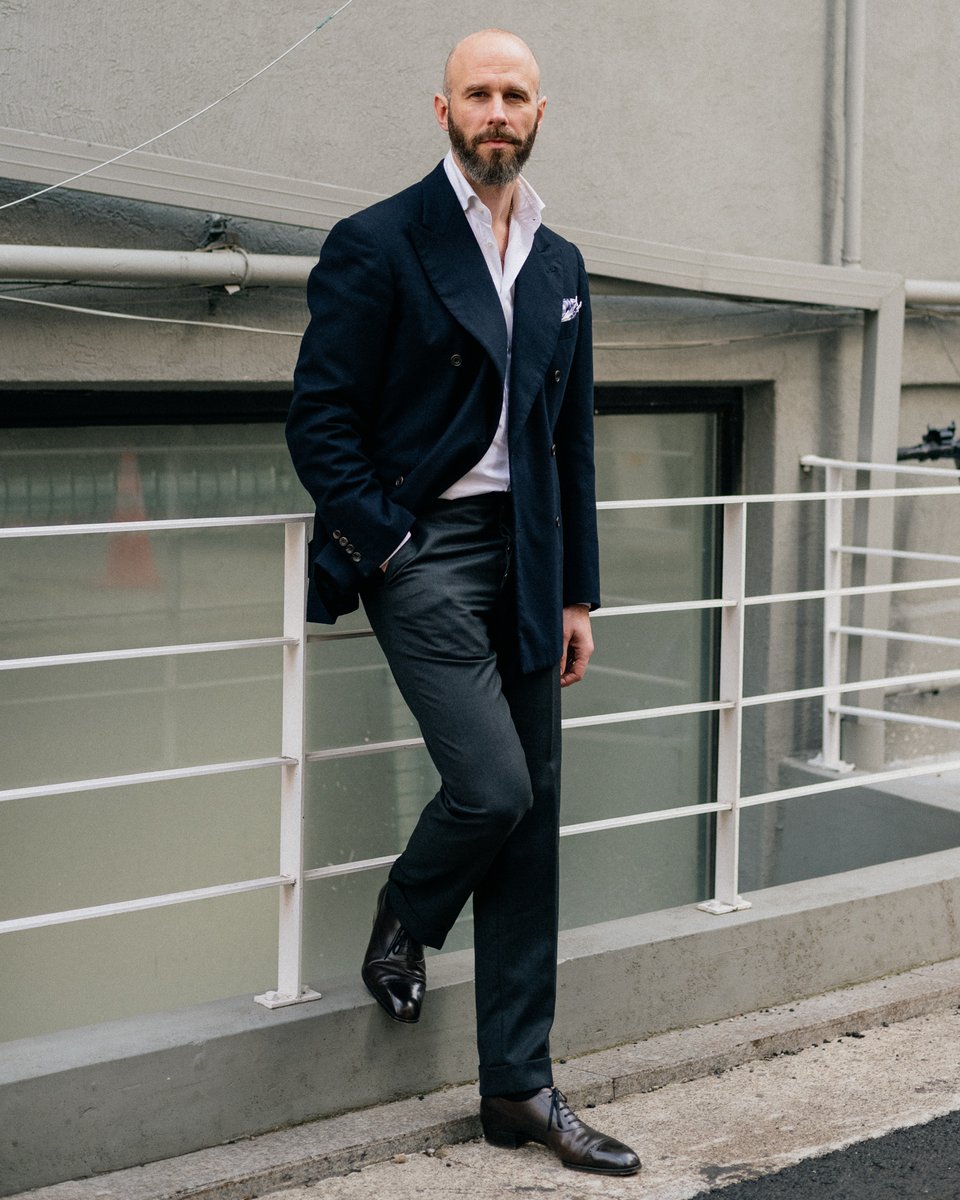A few ppl have pointed out that my threads on Matt Walsh and others neither debunk their views nor will they have any impact on changing people's minds on LGBTQ+ issues. This is true. I do them partly bc I think it's ironic how many anti-LGBTQ+ activists now dress metrosexual. 🧵
I also do them bc it's hard to illustrate certain points without posting photos of bad outfits. And I don't like posting photos of regular ppl who I think are dressed badly. If someone is just trying to feel better in their clothes, it's lame to put them on blast.
I feel less bad, however, posting photos of celebs or ppl who have made a career off being cruel to people. These side-by-side comparisons aren't meant to change anyone's mind on LGBTQ+ issues—this is a Twitter thread, be realistic—but to help ppl develop an eye for what works. 

There are many ways to dress. Fashion doesn't even have to be about looking conventionally attractive or flattering one's figure. A good outfit can be concealing, unflattering, or even disfiguring. Much depends on the cultural language of dress and one's identity & intentions. 





There's nothing wrong with wearing skinny jeans, short suit jackets, or other types of clothing. Although I do think there's such a thing as good vs. bad outfits. These are good: 



It's more about figuring out what works for your body type, lifestyle, identity, etc. And not thoughtlessly jumping from trend to trend, unaware of the meaning of clothes, or buying stuff just to fit in. This aesthetic is not pleasing: 

The real point of all these threads is to help ppl develop an eye, so that they may get more pleasure from dress. So they feel confident in what they wear, know what works for them, and have long-lasting relationships with their purchases.
If someone buys a skinny, short suit and it happens to work for their body type, lifestyle, and identity, then it doesn't matter if the trend is "over." But figuring this out takes looking at good & bad outfits, diff silhouettes/ styles for diff body types, and knowing what works 







This is primarily a menswear account, so you should expect that the main thrust of most posts—albeit not all—is about men's clothing. No one is under any illusion that commenting on a bad outfit is going to change large-scale structural and social prejudices against people.
• • •
Missing some Tweet in this thread? You can try to
force a refresh

































